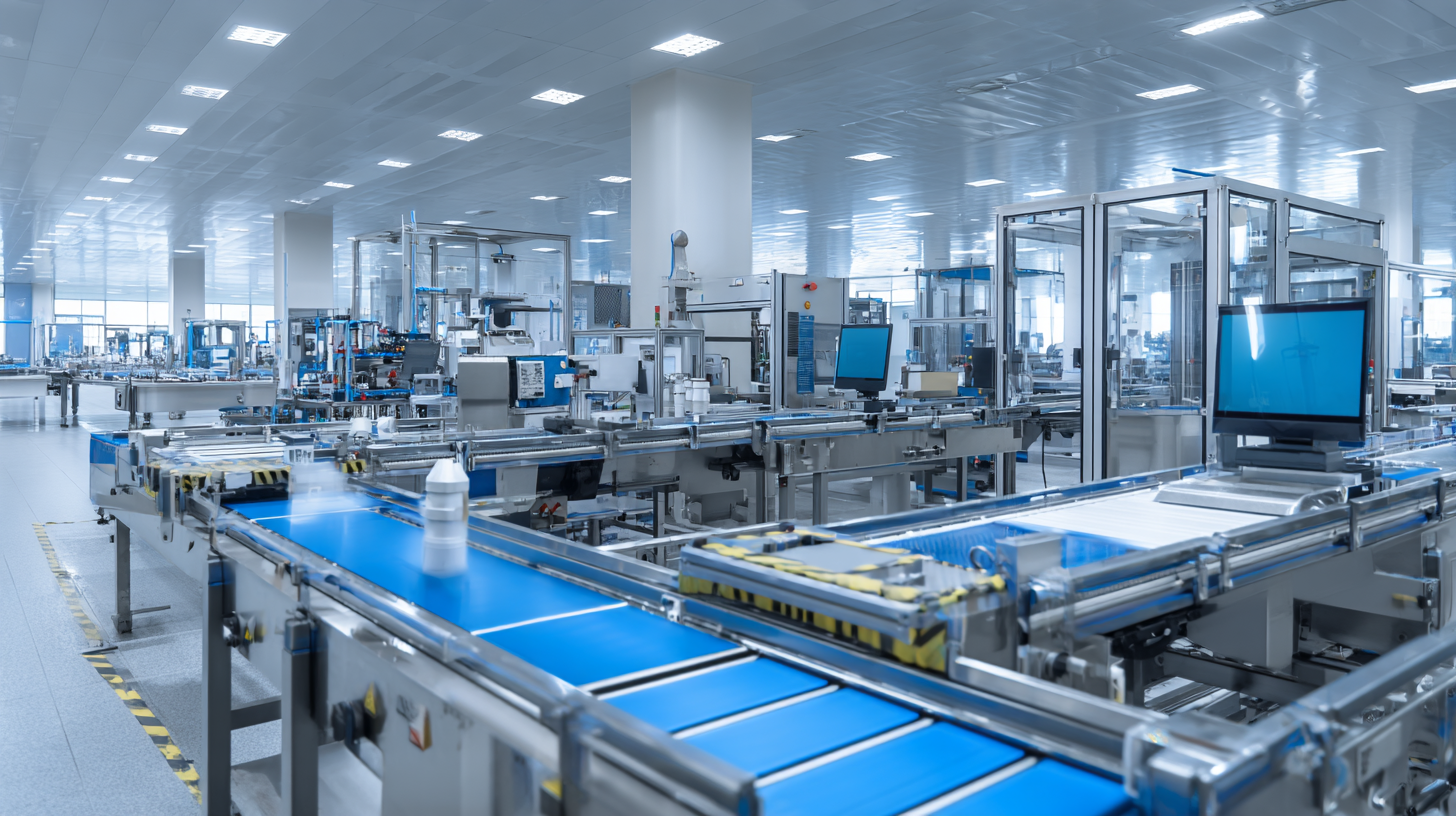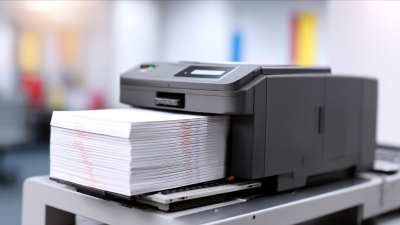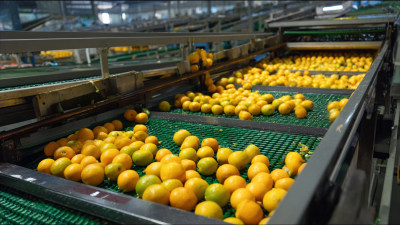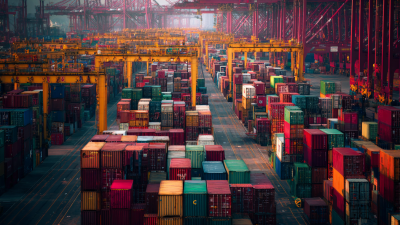In today’s fast-paced manufacturing environment, maintaining efficiency and accuracy in production lines is crucial for success. One effective solution to enhance these parameters is the implementation of an Automatic Checkweigher. This advanced technology not only ensures that each product meets specified weight requirements, but also plays a vital role in minimizing waste and maximizing productivity.
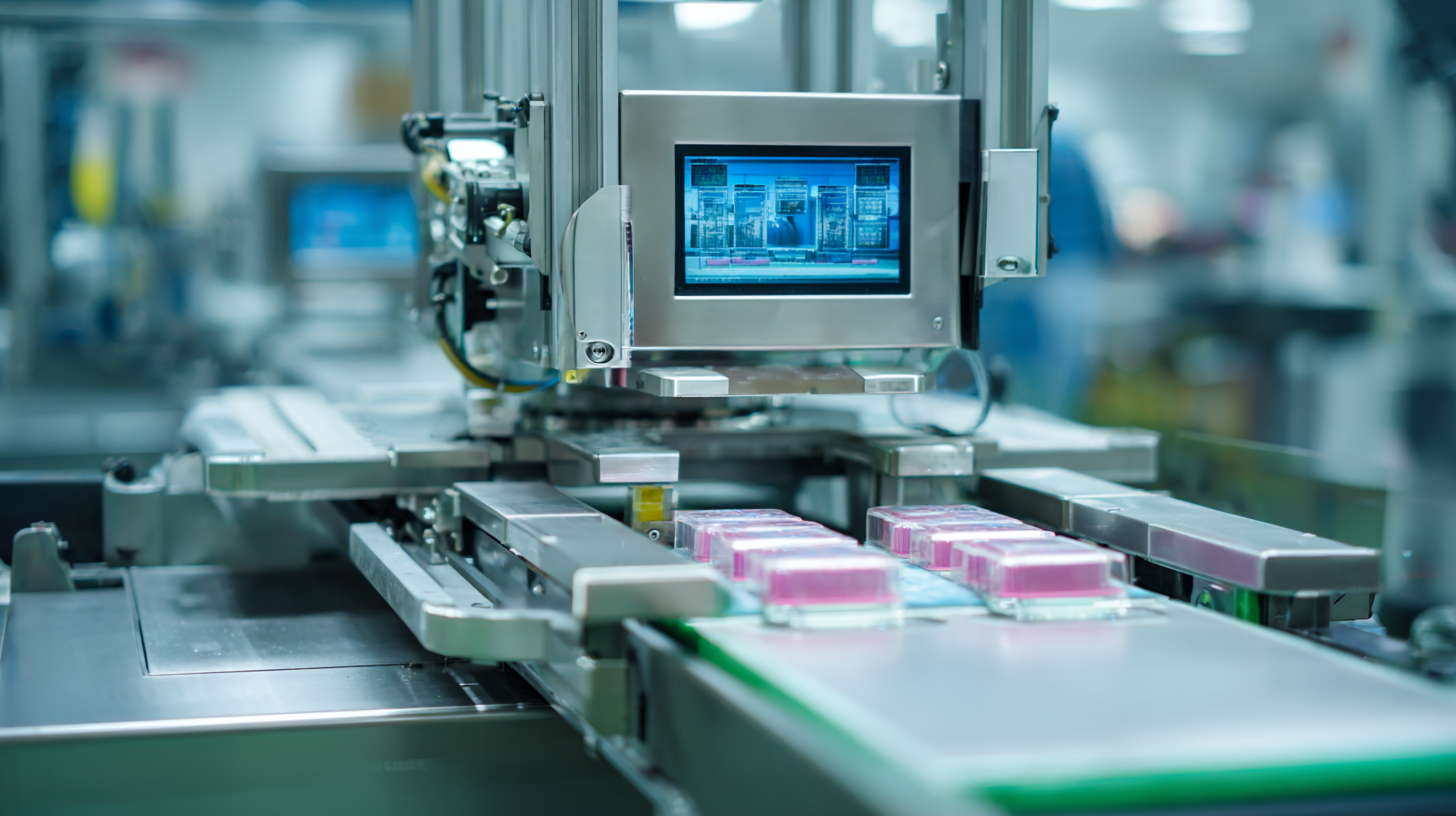 By integrating an Automatic Checkweigher into your production processes, you can achieve a streamlined workflow that reduces the likelihood of human error while ensuring compliance with regulatory standards. Moreover, the real-time data provided by these systems enables manufacturers to make informed decisions, optimize resources, and ultimately improve their bottom line.
In this guide, we will explore practical strategies to effectively optimize your production line by leveraging the capabilities of an Automatic Checkweigher, paving the way for enhanced operational efficiency and product quality.
By integrating an Automatic Checkweigher into your production processes, you can achieve a streamlined workflow that reduces the likelihood of human error while ensuring compliance with regulatory standards. Moreover, the real-time data provided by these systems enables manufacturers to make informed decisions, optimize resources, and ultimately improve their bottom line.
In this guide, we will explore practical strategies to effectively optimize your production line by leveraging the capabilities of an Automatic Checkweigher, paving the way for enhanced operational efficiency and product quality.
Integrating automatic checkweighers into your production process is crucial for optimizing efficiency and ensuring product quality. These systems not only streamline the weighing process but also enhance overall operational reliability. Recent advancements in equipment, such as the latest capsule filling machines featuring integrated checkweighers, demonstrate how technology can improve production workflows. For instance, models equipped with automatic troubleshooting functions allow for the seamless filling of diverse materials, including powders and liquids, thereby reducing downtime and minimizing human error.
The implementation of automatic checkweighers can lead to significant improvements in production line performance. According to industry reports, manufacturers that utilize checkweighers can achieve a reduction of up to 30% in product giveaway, substantially enhancing profitability. Furthermore, by ensuring that products meet weight specifications, companies can mitigate the risks associated with regulatory compliance and enhance customer satisfaction through consistent product quality. As production processes evolve, integrating such advanced equipment is essential for staying competitive in a dynamic market.
Automatic checkweighers play a crucial role in optimizing production lines by significantly enhancing efficiency and accuracy in weighing processes. Key metrics such as Overall Equipment Effectiveness (OEE) serve as a benchmark for evaluating the performance of these systems. A study highlights that implementing an OEE-driven approach can lead to a substantial reduction in resource wastage, amounting to a potential increase in production output by up to 20%. This means that businesses can not only ensure compliance with weight specifications but also increase throughput and reduce downtimes, translating into higher profitability.
Moreover, advancements in technology, such as Statistical Quality Control (SQC)-enabled weighing, further improve production line performance. By continuously monitoring weights and identifying deviations in real-time, companies can swiftly address inconsistencies, thus maintaining product integrity. Reports estimate that enterprises utilizing such intelligent weighing solutions can enhance their operational efficiency by 15%, driving more precise inventory management and reducing the likelihood of product recalls. As the automatic checkweigher market continues to grow, forecasting suggests a significant rise in demand due to these measurable benefits of accuracy and efficiency in production and packaging processes.

Automatic checkweighers play a crucial role in optimizing production lines by significantly reducing product waste and enhancing return on investment (ROI). Recent studies indicate that implementing automatic checkweighing technology can lead to a decrease in product giveaway by 0.5% to 5%, depending on the product type and weight accuracy. This precision not only minimizes losses related to overfilled products but also ensures compliance with industry regulations, thereby safeguarding brands against potential penalties.
Advancements in checkweighing systems, such as those featured in capsule filling machines, have introduced integrated solutions that streamline production processes. For instance, the latest models come equipped with automatic troubleshooting functions, allowing for quicker adjustments and minimizing downtime. This feature is particularly vital in high-speed production environments, where even minor disruptions can result in substantial losses. According to industry reports, manufacturers utilizing advanced checkweighers can witness an increase in operational efficiency by up to 20%, leading to significantly improved profitability. With these technologies, businesses can ensure high-quality outputs while keeping waste to a minimum, thus maximizing ROI.
The inspection equipment market is projected to witness significant growth, reaching an estimated size of USD 5 billion by 2032. This growth is largely driven by the increasing demand for accuracy and efficiency in production lines, particularly in the comparison between manual and automatic checkweighers. A comparative analysis indicates that while manual checkweighers have lower upfront costs, their reliance on human operators introduces risks of errors and inconsistencies. In contrast, fully automatic checkweighers, though initially more expensive, offer increased throughput and more reliable accuracy, significantly reducing labor costs over time.
In addition, a report highlights that automatic machines can enhance productivity by up to 20% compared to their manual counterparts. With the growing trend towards automation, manufacturers are recognizing the long-term cost-effectiveness of investing in automatic checkweighers. The ability of these machines to provide real-time data and feedback further empowers companies to streamline their operations, ensuring compliance with regulatory standards and improving overall product quality. As the inspection equipment sector evolves, the transition to automation appears not only beneficial but necessary for maintaining competitive advantage in the market.
| Feature | Manual Checkweigher | Automatic Checkweigher |
|---|---|---|
| Initial Cost | $5,000 | $20,000 |
| Labor Cost (per year) | $30,000 | $10,000 |
| Accuracy | ±2g | ±0.5g |
| Speed (items per minute) | 10 | 60 |
| Maintenance Cost (per year) | $1,000 | $2,000 |
| Return on Investment (ROI) | 3 years | 1.5 years |
The manufacturing landscape is rapidly evolving, particularly with the advancements in automatic checkweighers. These sophisticated devices not only enhance the efficiency of production lines but also significantly improve accuracy in weight measurements. The global inspection equipment market is anticipated to grow from $1.80 billion in 2025 to $2.70 billion by 2032, with a compound annual growth rate (CAGR) of 6.0%. This growth underscores the increasing reliance on automated systems in manufacturing processes, where precision is paramount.
Investing in advanced automatic checkweighers has numerous benefits for manufacturing industries. They streamline operations by minimizing human error and reducing product waste, ensuring that firms meet regulatory compliance with ease. Furthermore, with the projected growth in related markets, businesses that adopt these technologies early will likely gain a competitive edge.
Tips:
1. Evaluate the specific needs of your production line before selecting a checkweigher model to ensure optimal integration and performance.
2. Consider investing in customizable checkweighers that can adapt to various product specifications, enhancing flexibility in your production process.
3. Regular maintenance and software updates for your checkweigher can significantly prolong its lifespan and efficiency, further reducing operational costs.
